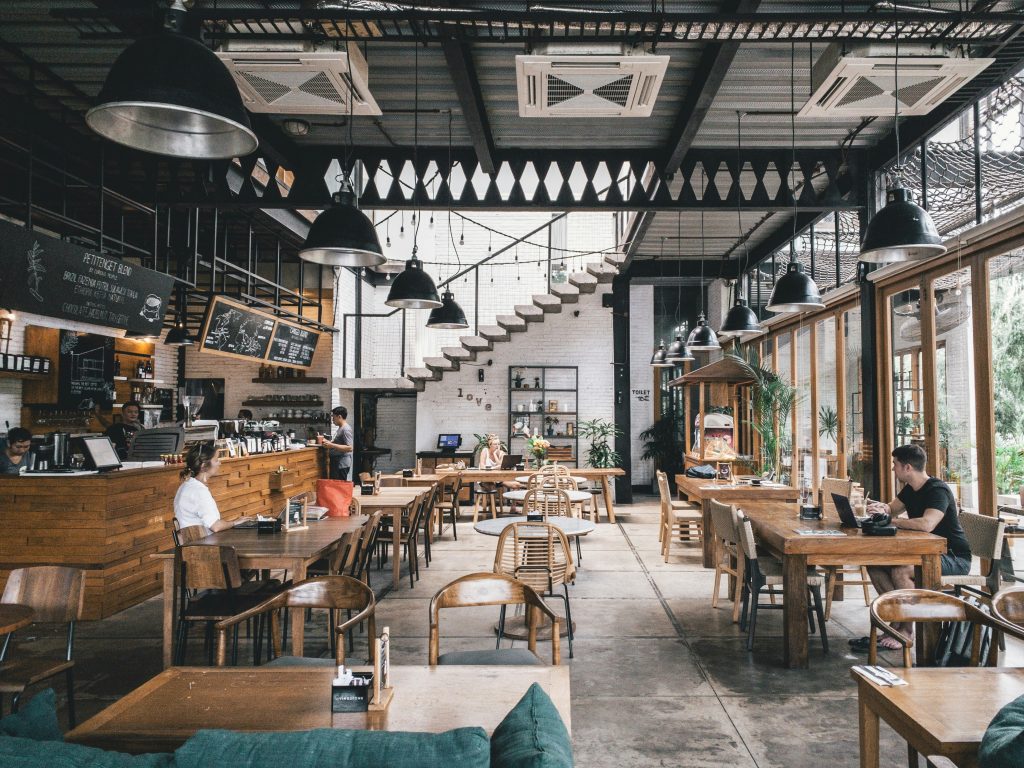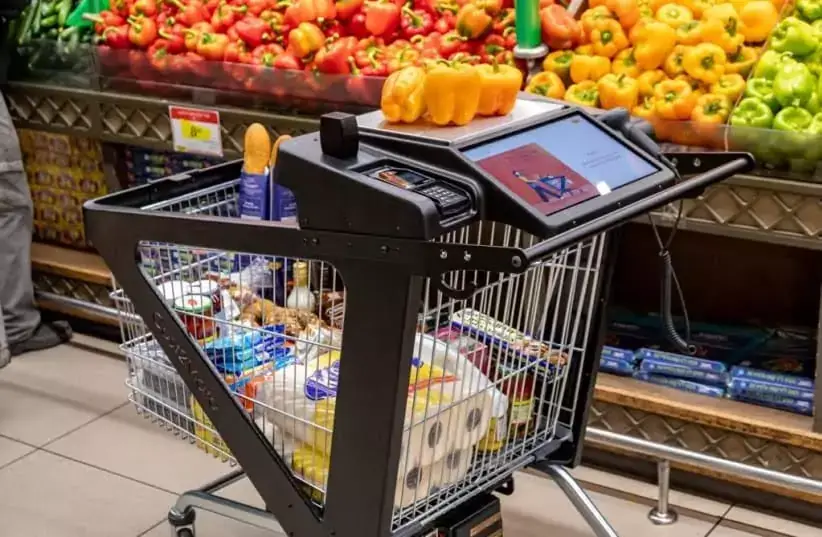Introduction
This week, the U.S. restaurant industry is facing a two-pronged squeeze: on one hand, rising input and operating costs, and on the other, cooling consumer demand and traffic. According to recent data from the Texas Restaurant Association (TRA) covering roughly 50 restaurants in Texas for October a startling 88% of operators reported food-cost increases, and 48-52% reported declining revenues or rising prices.
While this is Texas-specific, the patterns reflect what many U.S. operators are experiencing nationwide: margins thinning, foot traffic softening, and uncertainty ahead.
Subheading: “Cost Pressures Are Real”
Operators report surging costs across the board: food ingredients, packaging, utilities, labour. The TRA survey found that nearly nine in ten restaurants had higher food costs this quarter.
Many also pointed to supply-chain headwinds and tariff/immigration policy impacts as contributing factors. For example:
Tariffs have reportedly increased costs of food and to-go containers.
Some restaurants in predominantly Hispanic communities noted that immigration enforcement is reducing foot traffic or labour availability.
For U.S. restaurant owners, this means key cost lines are under pressure just as consumer behaviour is shifting.
Subheading: “Traffic and Demand Are Softening”
At the same time, the demand side is showing signs of strain. The TRA found nearly half of respondents (about 48%) said revenues fell in the last quarter.
Other national data show younger consumers are dining out less often, and menu prices have been creeping upward.
For operators, this creates a difficult balancing act: raise prices to cover costs, but risk turning away price-sensitive diners; or hold prices, squeeze margins—or worse, lose traffic.
Subheading: “What This Means for Restaurant Owners”
Here are some practical implications and considerations for U.S. operators (and for your audience of U.S. restaurant owners):
Menu price strategy: With many operators having already raised prices (over half in Texas did so) Houston Chronicle the question is: how far is too far? Price elasticity is becoming more important.
Cost control & supply chain: Operators should revisit supplier contracts, packaging costs, and labour models. When food cost inflation hits, controlling other variables is critical.
Traffic-boosting tactics: Since demand is softening, focusing on value, promotions, loyalty programs, or off-peak strategies may help maintain volume.
Segment differentiation: High-end fine dining may hold up better given affluent diners, but mid-price casual and fast-casual may be under greater pressure. The TRA noted that full-service and higher-end spots are seeing more stability.
Labour & staffing: With cost and availability pressures, smarter scheduling, cross-training, and productivity become more important.
Subheading: “Looking Ahead: Opportunities Amid the Pressure”
Despite the headwinds, there are opportunities:
Premiumisation & value combo: For diners willing to spend, offering premium experiences while also providing value can differentiate an operator.
Delivery / off-premise & convenience offerings: As consumers adjust their habits, restaurants that optimize off-premise channels and reduce cost per order may capture idle demand.
Efficient small-format or “second revenue stream” models: Some operators are exploring daytime café conversions, ghost-kitchen attachments, etc., to boost utilization of their real estate and staff.
Data-driven menu engineering: Given tight margins, having a clear handle on profitability by dish, and shifting towards higher-margin or “loss-leader to traffic-builder” items can make a difference.
Subheading: “Why Now Matters: Timing & Strategy”
As 2025 heads toward the holiday quarter (traditionally a lift period for many restaurants), the question is whether operators can stabilise costs and traffic before the heavy spending season. With many cost pressures already built in, the window to lock in favourable supplier agreements or adjust menu mix is narrowing.
Subheading: “Key Metrics to Watch This Week”
For restaurant owners and operators, keep an eye on:
Weekly same‐store sales and traffic (especially weekdays)
Food cost percentage and inflation rate of key commodities (protein, packaging)
Labour cost % of sales and turnover trends
Off-premise mix (% revenue from delivery/purchase)
Price elasticity: how menu price changes impact volume
These metrics will help diagnose if you’re in the worse-case margin trap or still have manoeuvring room.
Conclusion
This week’s snapshot of the U.S. restaurant industry shows a clear challenge: rising costs meeting waning demand. But operators who act early—by controlling costs, optimising menu and pricing, and focusing on traffic-building strategies—can not only weather this pressure but set themselves ahead of the curve heading into 2026.
For the many U.S. operators reading this, the key message is: Don’t wait until margins are deeply eroded. Use this moment to sharpen strategy, optimise operations, and set the stage for growth when consumer demand rebounds.







